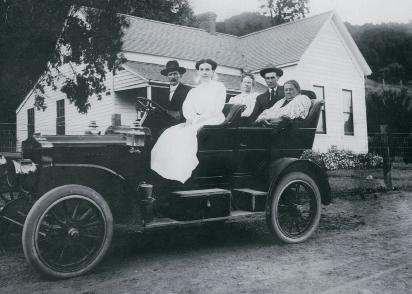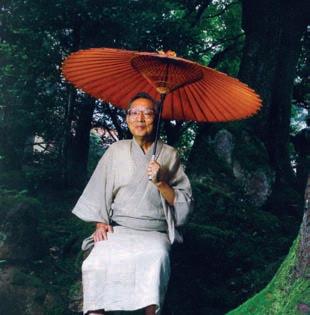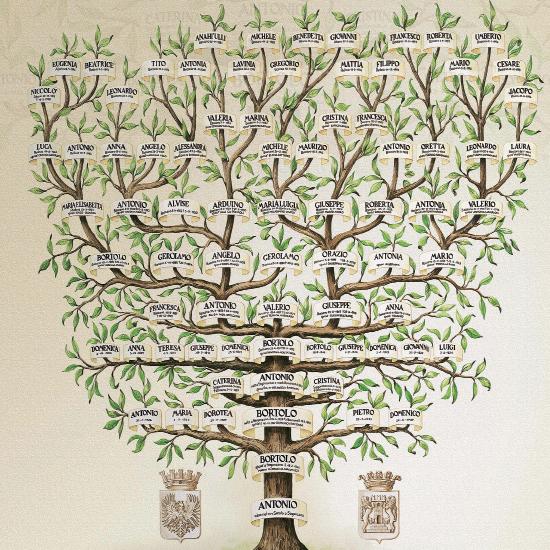
5 minute read
A family thing
from TWSM#1
03

Advertisement

01
THE ANALYSIS To what extent has meritocracy taken root within family businesses? How is economic crises and competition making meritocracy essential to family-owned firms at all levels? We interview Guido Corbetta, Full Professor of Strategic Management and Aidaf-Alberto Falck Professor of Strategic Management in Family Business, at Milan’s Luigi Bocconi University.


05 02 04
twsm Meritocracy and family business: what is the international trend? gc I think that across the globe, many family-owned businesses are adopting a meritocratic logic. This trend was clearly noted by participants at the 2008 New Delhi conference organized by the Family Business Network.
twsm To what extent can familyowned companies overcome the issue of ‘hereditary rights’ in the area of managerial leadership? gc They are able to do this when they reach a certain size and are able to attract talented managers. A second factor is the hard competitive setting which necessitates either, promoting the most talented family members to top management, or attracting talented managers who are not family members. A third factor is family culture which, if very protective of its members, is unlikely to give up managerial power to outsiders.
twsm Does meritocracy have a cost? gc In the short term meritocracy means differentiating pay and giving different career paths to members of the same family, and potentially creating family disharmony. In the long term, however, it is a great benefit and all the more so during crisis situations. Difficulties drive the search for solutions, innovations and promotion of the best people to top management regardless of family status. Crisis also makes available surplus managerial talent from other firms or sectors across the economy.
Historical family imagines 01 Brown family from American Historical Society 02 Hoshi Grandfather from Japan 03 Mauritson Vine Family car 04 Mauritson Vine Family 05 Twinings Family, Uk 06 Bortolo Nardini Family Genenalogy
twsm What are the main differences between the United States and Europe in the way family-owned businesses are managed? gc The United States is a big economy and most of us are more familiar with their well-known corporate brands. Beyond these, the Us has an enormous number of family-owned companies that are similar to those in Italy. The only difference that I see is their relationships to equity capital. American firms are more willing to hand over equity shares. Apart from the Uk, equity capital plays a much smaller role in the ownership and management of family-owned companies across Europe.
twsm Will meritocracy establish itself in future family companies? gc Meritocracy is hard to introduce into many of these firms because it involves the skill of assessing people and being able to say yes or no. This is harder when people are also related to each other in and out of that business. Some family companies are able to be more meritocratic while others find this much harder. Over time, however, the logic of the marketplace and competition will necessitate promotion by merit. •
Workplace Concepts, moods and styles
POINTS OF VIEW In this section, we deal with the topic of the workspace, the place where we spend a third of our day, to gain some insights on its evolution and latest trends.
Wellbeing and workspaces
We move from Renata Sias’ holistic approach where ‘the goal of a quality workplace must be to create a positive-emotional situation’ to Cristina Caramelo Gomes’ vision where ‘technology requires improved skills and the present workplace should be prepared to support different timetables’. From the Milan Furniture Fair with its curiosities and alternative materials that compose our workplaces, Karim Rashid underlines the concept of a ‘Happy Hoffice’. We also examine ‘the non-existent workplace’ in order to think about modular installation, and Matteo Thun’s concept of sustainable design.
01 Antonio Citterio, Zegna Office, Milano, Italy. 02 Riccardo Diotallevi, Elica Office, Fabriano, Italy. 03 Stocklands Corporation Ltd, Sydney, Australia.
©Source: Assufficio THE INTERVIEW: Environmental quality is a key factor for worker’s physical and psychological health, and workplace environment is a complex system where several factors do interact. We ask Renata Sias, Us-Ufficio Stile’s Editor from Sole 24 business media to provide insights into trends in our wellbeing.
The holistic approach
twsm How much does workplace quality weigh on employees’ attitude and productivity? rs The workspace must be considered a corporate asset, able to boost interaction, knowledge sharing and creativity. Environmental quality is a key factor for workers’ physical and psychological health. If a person is well, they will do the best they can and thanks to what psychologists call ‘emotional empathy’, the collective wellbeing creates a virtuous cycle within the firm.
twsm Which architectural and functional elements contribute to creating a good place to work? rs The work environment must be designed with a holistic approach in order to create balance while at the same time be dynamic and flexible. Functionality, ergonomics and safety are at its base. A good place to work does not neglect engineering quality, acoustic comfort, air and olfactory quality, chromatic balance, the presence of green areas and of eco-sustainability. A suitable layout must guarantee space for privacy and concentration, but also plan for communication and interaction. Spaces for relaxation and reflection are also highly desired by employees.
twsm Which trends can be identified in current design? rs Furniture manufacturers have understood the workplace’s key role. All the fairs that exhibited pieces with high-quality ergonomics, are strongly design-oriented, have the capacity for customisation and are increasingly focused on sustainability.
twsm Last February, Ufficiostile announced the winners of its first US Award for interior design. What is state of art in this field? rs The quality office must be created on the basis of new cultural and organizational corporate models that increase creativity, cooperation and the individual’s ‘entrepreneurial’ skill. Important changes have taken place in the firms’ organizational









